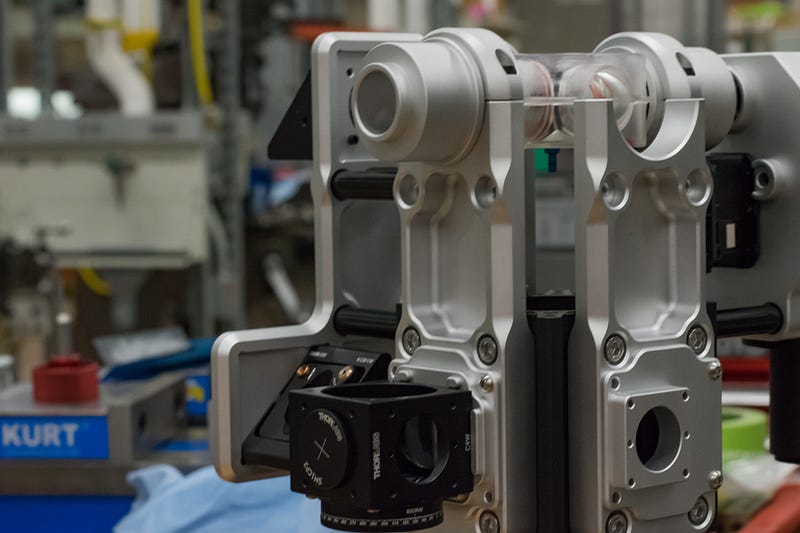By creating affordable, portable, and reproducible microscopy technology, Jan Huisken and his team are looking to change the way we see science — literally.
The reproducibility of experiments is an integral component of science. Without it, science is reduced to a field of ‘he said, she said’ and lacks the ability to foster human achievement and progress. However, the scientific community has recently been experiencing a reproducibility crisis. In 2016, the journal Nature found that more than 70% of researchers have struggled with reproducing their peers’ scientific endeavors. The phenomenon has been dubbed the ‘replication crisis,’ and researchers are scrambling to come up with solutions. Enter Jan Huisken and his team of scientists at the Morgridge Institute for Research at UW-Madison.

Huisken is the Director of Medical Engineering and the Lead Investigator of Multiscale Imaging at the Morgridge Institute for Research. The members of his team trying to tackle the crisis include Todd Bakken (Advanced Prototyping Project Engineer), Joe Li (Software Engineer), Rory Power (Associate Scientist) and Michael Weber (Field Application Specialist). “In a traditional science lab, you do scientific experiments and create equipment that cannot be replicated well from lab to lab,” Huisken explains, “Flamingo solves this by taking the instruments to the samples. We create something that we use to facilitate collaboration.”
The Flamingo is a light sheet microscope that utilizes fluorescence to image samples at high speed. It features extremely high resolution and typically images samples from 4x — 100x magnification. However, what makes Flamingo truly revolutionary is its portability; the technology can be packed into two suitcases. “Our newest member will be taking Flamingo around some east coast labs by himself,” asserts Huisken. The portability of Flamingo enables it to foster collaboration in the scientific community. A researcher could simply email Huisken asking to use Flamingo, and the technology could be delivered within a matter of days. Usually, a researcher would need to fly themselves to an instrument, which is a hassle that has traditionally hindered scientific discovery.
“In the end, it is all about bringing the engineers and the biologists together.” — Jan Huisken
If a researcher wants to purchase a commercial fluorescent microscopy device that has the same capabilities as a Flamingo, they would need to pay upwards of $300,000. Again, with the interest of promoting scientific discovery and collaboration, Huisken and his team have created Flamingo to be free for the user. Additionally, Huisken and his team are available to help with the installation and any further modifications that may be needed. Huisken and his team pride themselves on the adaptability of Flamingo. By working with researchers, they can modify the Flamingo technology to satisfy unique demands and functions. “No commercial company would listen to the users about adapting their instruments this quickly,” admits Todd Bakken, a product design and technology transfer expert on Huisken’s team, “…we are taking an engineering approach to scientific research.”
The Flamingo design, along with any additional modifications, is meticulously kept track of and recorded to facilitate its building anywhere in the world. “For every part, we think, ‘will someone else be able to replicate that system?’” states Huisken. By specifying the tolerances and dimensions of Flamingo, the reproducibility of the technology is maintained, which helps combat the prevalent ‘replication crisis’ in today’s scientific community.
The goal of Flamingo is to encourage scientific development and collaboration by offering an affordable and accessible microscope, without sacrificing any of the abilities of a commercial microscope. “In the end, it is all about bringing the engineers and the researchers together,” says Huisken. So, the next time you are at an airport and see someone carrying two suitcases, don’t be so quick to dismiss it. Those suitcases might just be holding the future of microscopy.
